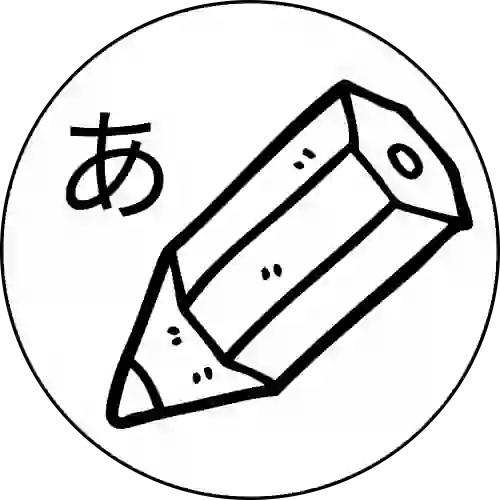In order to do something, purposes or reasons by 「ように」 和 「ために」
1. Core Differences Between “ように” and “ために” 「ように」 and 「ために」 are two common expressions in Japanese that can both indicate purpose or reason. However, their usage contexts and tones are different. (1) The Usage of “ように” (2) The Usage of “ために” 2. Main Differences Comparison Point ように ために Core Meaning Represents a “hope or wish”; results depend on … Read more
